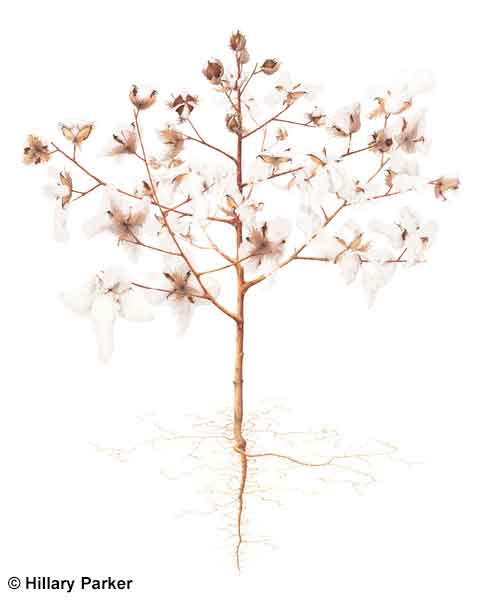Mastering Botanical Watercolor With Hillary Parker
Posted in Adult Education on April 1 2015, by Plant Talk
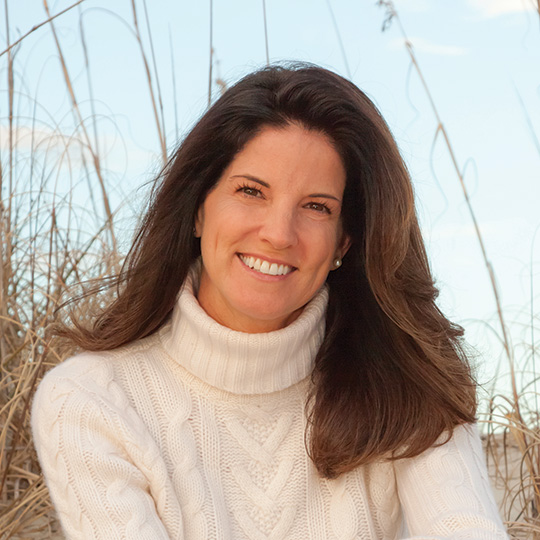
Hillary Parker’s painting career started with a mistake.
“Serendipity has always directed the way for me,” she said.
She enrolled in college to become an elementary school art teacher. In her senior year, a schedule mix-up landed her in an advanced painting course instead of the introductory one. She was granted access to the class on the condition she could handle the work and their weekly critiques.
For her first project, she chose an artichoke, potato, a head of garlic, and green onions from her own refrigerator and painted individual studies of each of them. Then the big day came.
“True to his word, the professor started going down the row of student artwork, harshly critiquing them,” Parker said. “When he got to mine, he paused, turned and smiled at me, looked back at my little veggies, and pointed to the artichoke. He said, ‘I want to eat that for dinner.’”
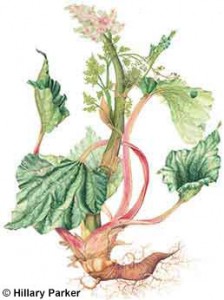
Twenty-five years later, Hillary Parker has made a career painting and teaching botanical art and illustration, and this month joins us at the Garden from her home in Florida for her two-day workshop, Finishing Touches.
Parker said it’s nature as a whole that she finds fascinating.
“When I see something in nature that stops me in my tracks, I am like an enthusiastic five-year-old who wants to run back home with it, learn as much as I can about it, and share that with everyone,” she said.
Hillary is known for her artistic versatility, at ease with a complex image like a pumpkin vine and a simple, single orchid, as well as adept with painting subjects on a large scale or true-to-life.
Her paintings capture the intimacy of a tiny flower or a 9-foot-long stone wall—each subject calling for its own unique composition.
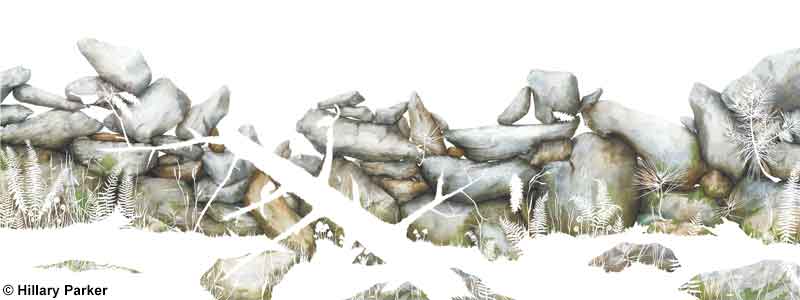
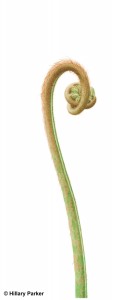
Factors that influence the scale of her paintings include physical space where a work will hang, commission budget, the subjects’ vitality and personality, and Hillary’s sense of what she wants to say about that subject.
Parker’s portfolio includes series of plants for various exhibits at botanical gardens. She’s taken on a solo exhibit of orchids in the Andes Mountains of South America and a close examination of the carnivorous Nepenthes for an exhibit in Scotland. Last fall, back in the UK, she exhibited a series of mangos from around the world.
She communicates her knowledge of these plants through her compositions and uses her watercolor skills—the very same ones that wowed her painting professor back in college—to be scientifically accurate in her portrayals.
The most challenging techniques for watercolorists to master, she said, is the water itself.
“Pigment goes where the water flows,” she said. “So the name of the game is to master the water.”
Master the water, master the botanical art.
This spring, Hillary Parker comes to NYBG to teach Botanical Art & Illustration students how to finish their paintings using techniques to fine-tune and bring their subjects into sharp, clear focus. Students will learn to be their own “outside eye” and develop their own criteria for each painting. Her two-day workshop starts April 25.
